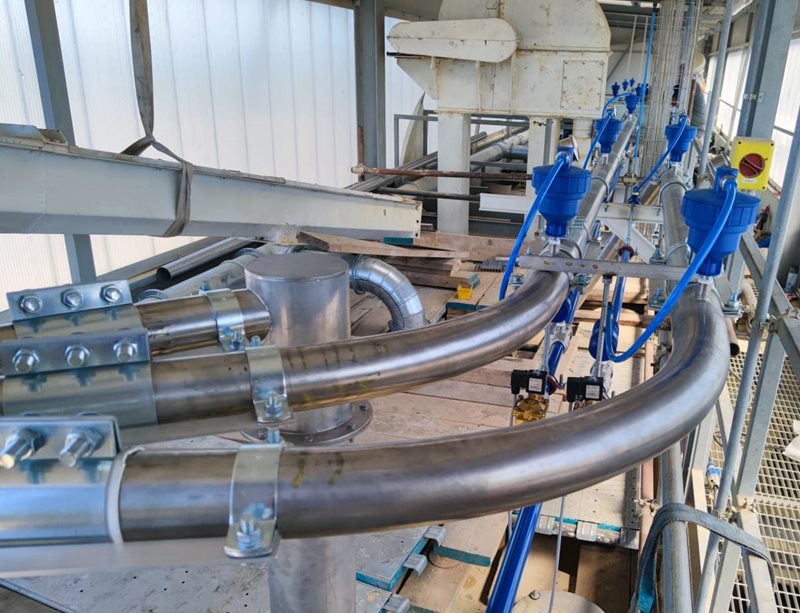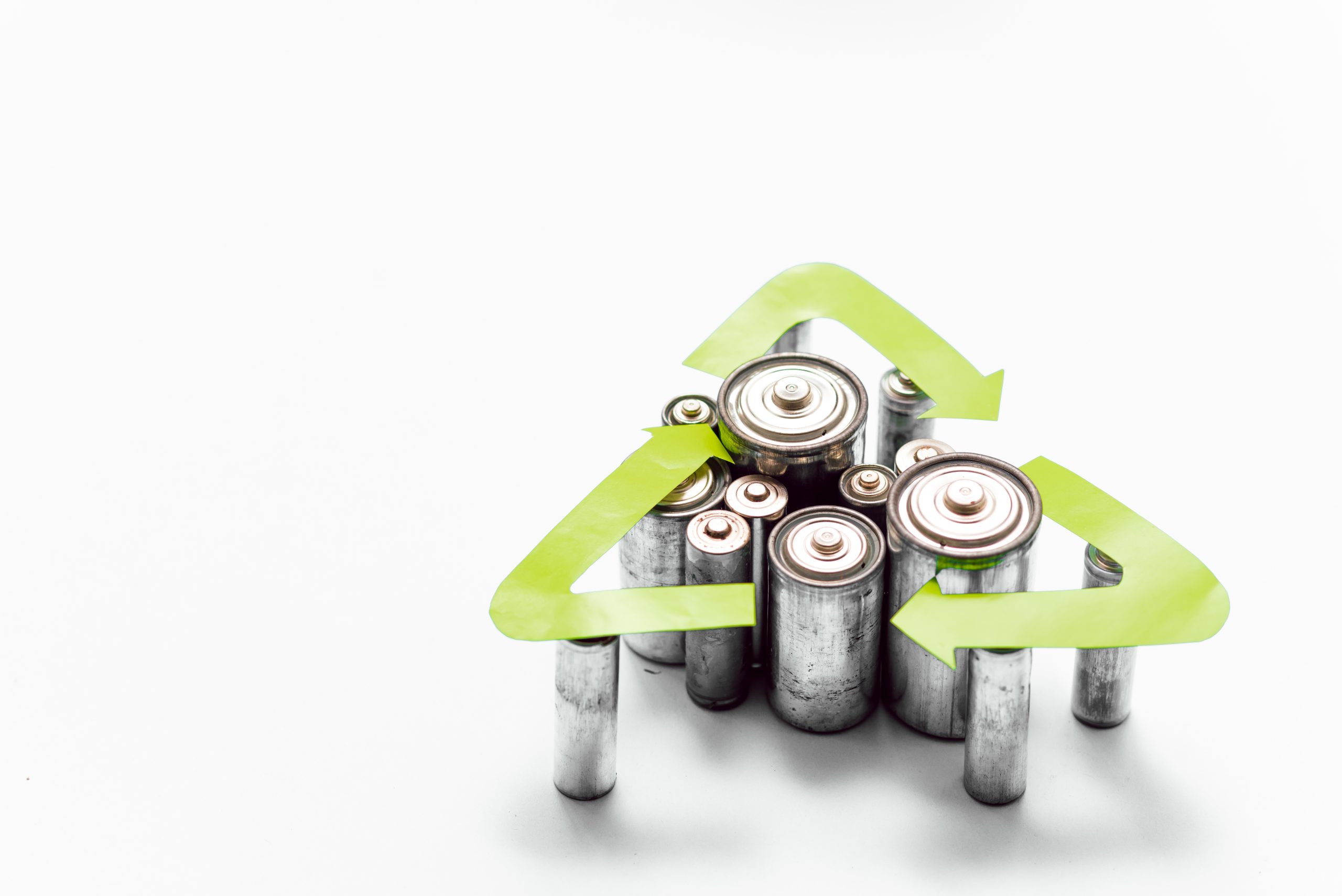
Flexibility and adaptability are key elements of today's bulk materials handling systems.
Applications for systems engineers and end users require ever-increasing integration capabilities.
The design of bulk materials handling systems involves not only the choice of the type of technology, but also the ability of that technology to be integrated into existing production systems, thus ensuring continuity.
The benefits of using a new solution become the driver of a decision-making process that can be undertaken by both manufacturing companies and system designers.
On the one hand, the end user wants to achieve a return on production and a competitive advantage; on the other hand, the systems engineer must design a complete system in which each component integrates seamlessly with the others. The ability to meet this multitude of requirements in a well-structured yet flexible manner is the key to choosing a supplier of bulk materials handling solutions today.
Let us take a closer look at the different applications of these solutions for manufacturing companies in all industries and for systems engineers.
Manufacturing companies
End users of powder and granule handling systems are often faced with issues relating to conveying or processing raw materials. Important factors to consider include: economic commitment, product and production environment characteristics, and compatibility with technologies already in use.
Previous experience and in-depth knowledge of the product are the basis for an informed choice of the most suitable handling system.
Starting with an initial technical consultation phase, Air-Tec System applications are designed, built, and installed according to the intended use. The handling systems, whether extensions of existing installations or new solutions, are complete and ready to use.
Systems engineers and engineering companies
They are specialists in the design of even the most complex systems that include various processing stages: from storage and conveying to dosing and mixing of bulk materials. These are complete systems based on the concept of automating production processes by combining different technologies.
Each part of the system must be selected taking into account the characteristics of the equipment, the intended end use, and the need to fulfil the economic agreement entered into with the customer. The solutions aim to develop synergies between the various existing systems by properly interfacing them.
It is essential that all selected technologies can be fully interfaced to ensure an integrated production flow. Air-Tec System’s systems are specifically designed for efficient data exchange. Entire system sections, including the necessary accessories, are adapted to the context in which they are to be used.
Air-Tec System offers complete solutions and accessories to meet the needs of both end users and systems engineers.
Are you a manufacturing company?
Read our case studies to learn more about some of the solutions we have implemented.
Are you an engineering company?
Find out more about our range of pneumatic conveying systems.

















